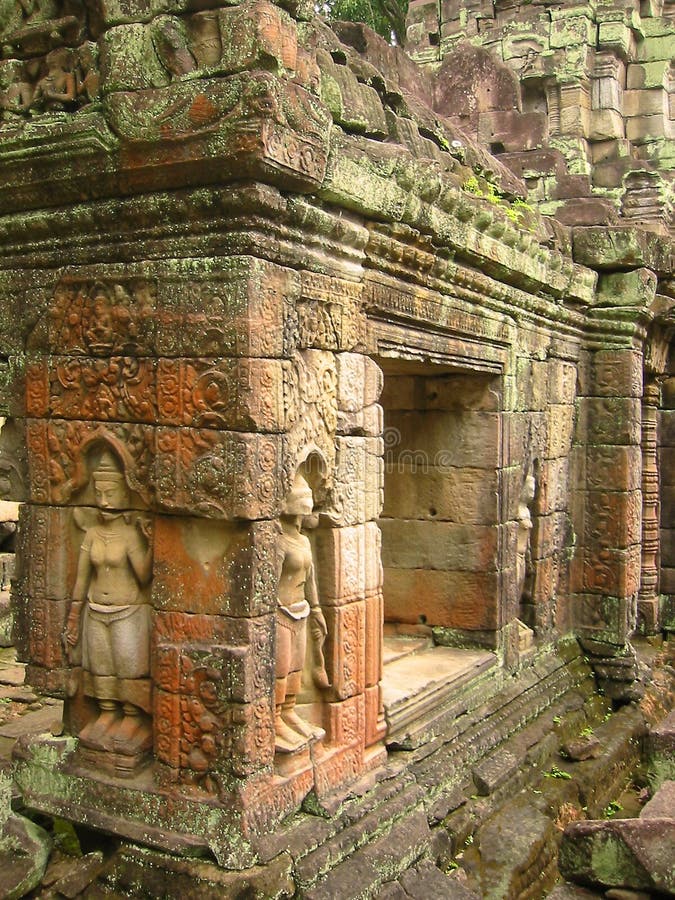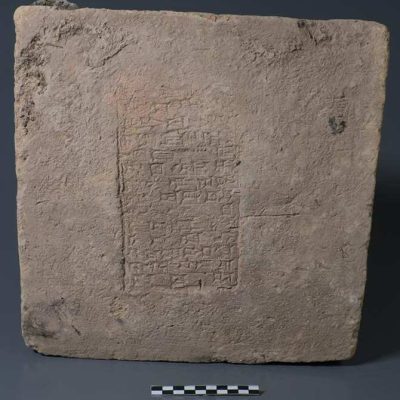A network of cities hidden under dense vegetation has been discovered in Cambodia, according to Australian archaeologist Dr. Damian Evans. Using LiDAR technology, which measures ground structures from a helicopter, Evans and his team were able to uncover previously unknown sites in the Cambodian jungle. The discovery includes the complete area of the city of Mahendraparvata, which is equivalent in size to modern-day Phnom Penh, the capital of Cambodia. The discovery of the extensive network of cities, temples, and irrigation systems is expected to change the entire history of Southeast Asia.
The discovered sites date back between 900 and 1,400 years and are believed to be part of the world’s largest empire in the 12th century. The water channels found in the sites suggest the use of technologies that were previously unknown at the time. The discovery is expected to provide new insights into the role of climate change and water resource management in the collapse of the Khmer Empire. The previous theory was that the Khmer migrated south after attacks by the Thai, and Angkor Wat was abandoned after being plundered in 1431. However, the discovery of the network of cities challenges this theory.
Professor emeritus David Chandler of Monash University in Melbourne, Australia, said the discovery would “rewrite history.” The discovery of the hidden cities is expected to provide new insights into the history of Southeast Asia and the Khmer Empire. The discovery is also expected to provide new insights into the role of climate change and water resource management in the collapse of the Khmer Empire. The discovery is a significant breakthrough in the field of archaeology and is expected to lead to further discoveries in the future.










